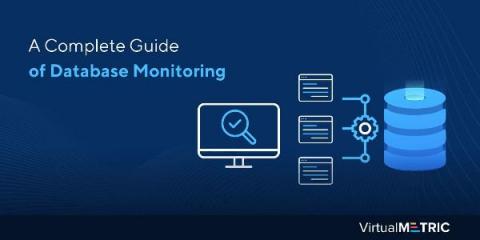Operations | Monitoring | ITSM | DevOps | Cloud
Latest News
Why Observability Requires a Distributed Column Store
Honeycomb is known for its incredibly fast performance: you can sift through billions of rows, comparing high-cardinality data across thousands of fields, and get fast answers to your queries. And none of that is possible without our purpose-built distributed column store. This post is an introduction to what a distributed column store is, how it functions, and why a distributed column store is a fundamental requirement for achieving observability.
How to Troubleshoot Apache Cassandra Performance Using Metrics and Logs in Debugging
Exploring Your Data Universe
Generating DDL Statements to Recreate Single Objects
How to Monitor Redis Logs and Metrics
A Complete Guide of Database Monitoring
A database is a collection of organized information for easy access and management. Computer databases generally consist of aggregated data or files that contain information about customers, transactions, or inventories. Regular monitoring of the database’s performance is necessary to ensure that it is running properly and to detect issues as they arise. Here is a short database monitoring guide that can assist you in choosing the right tools.










